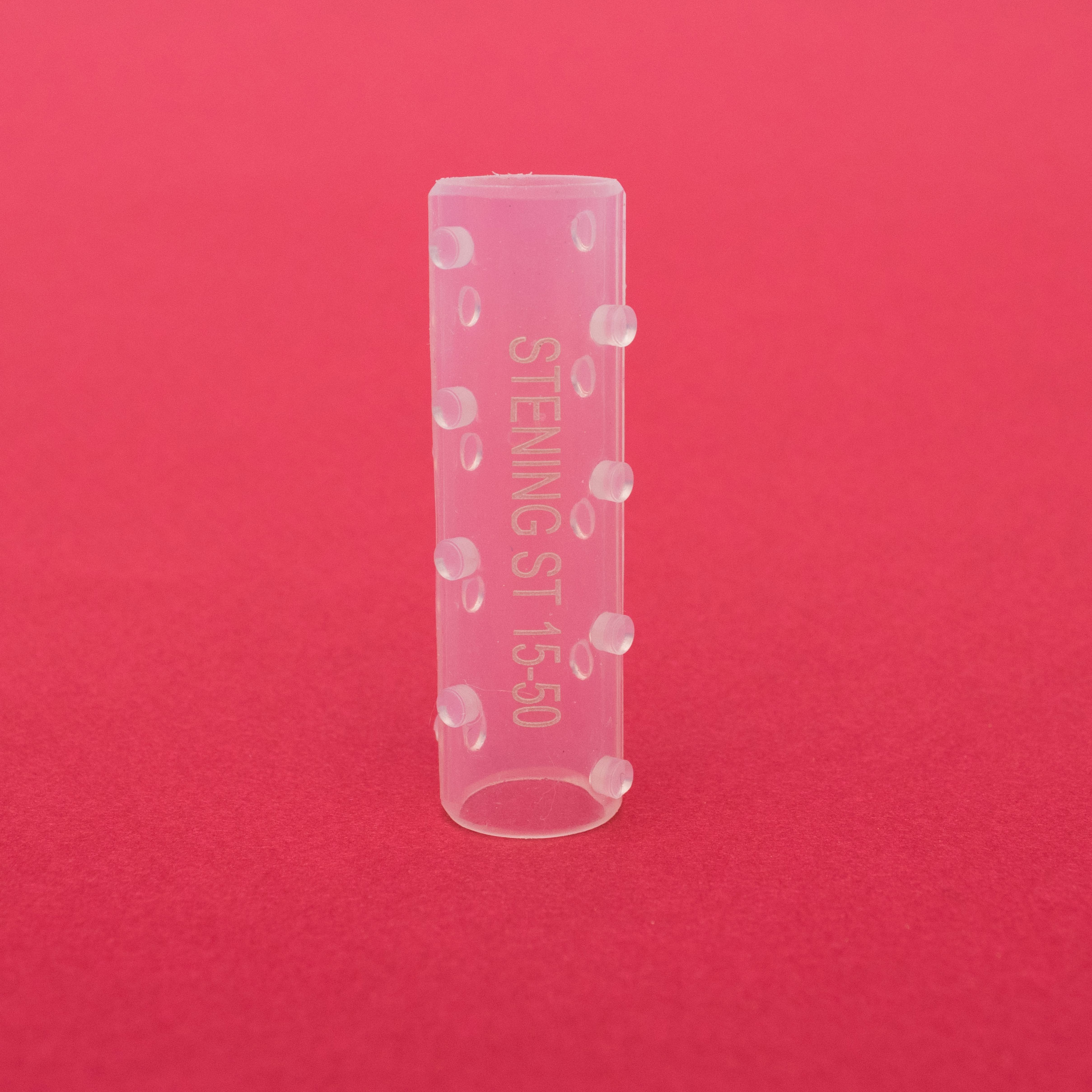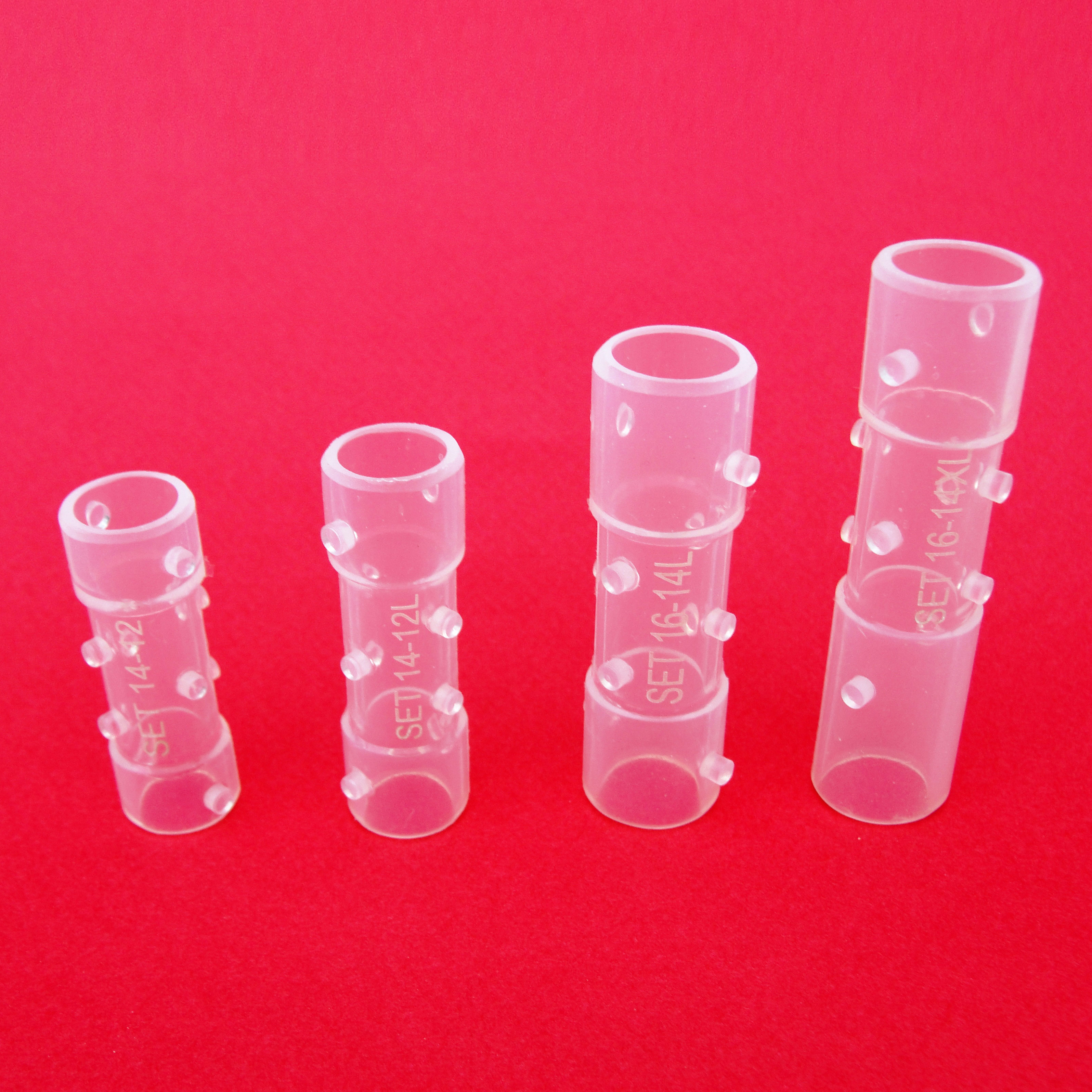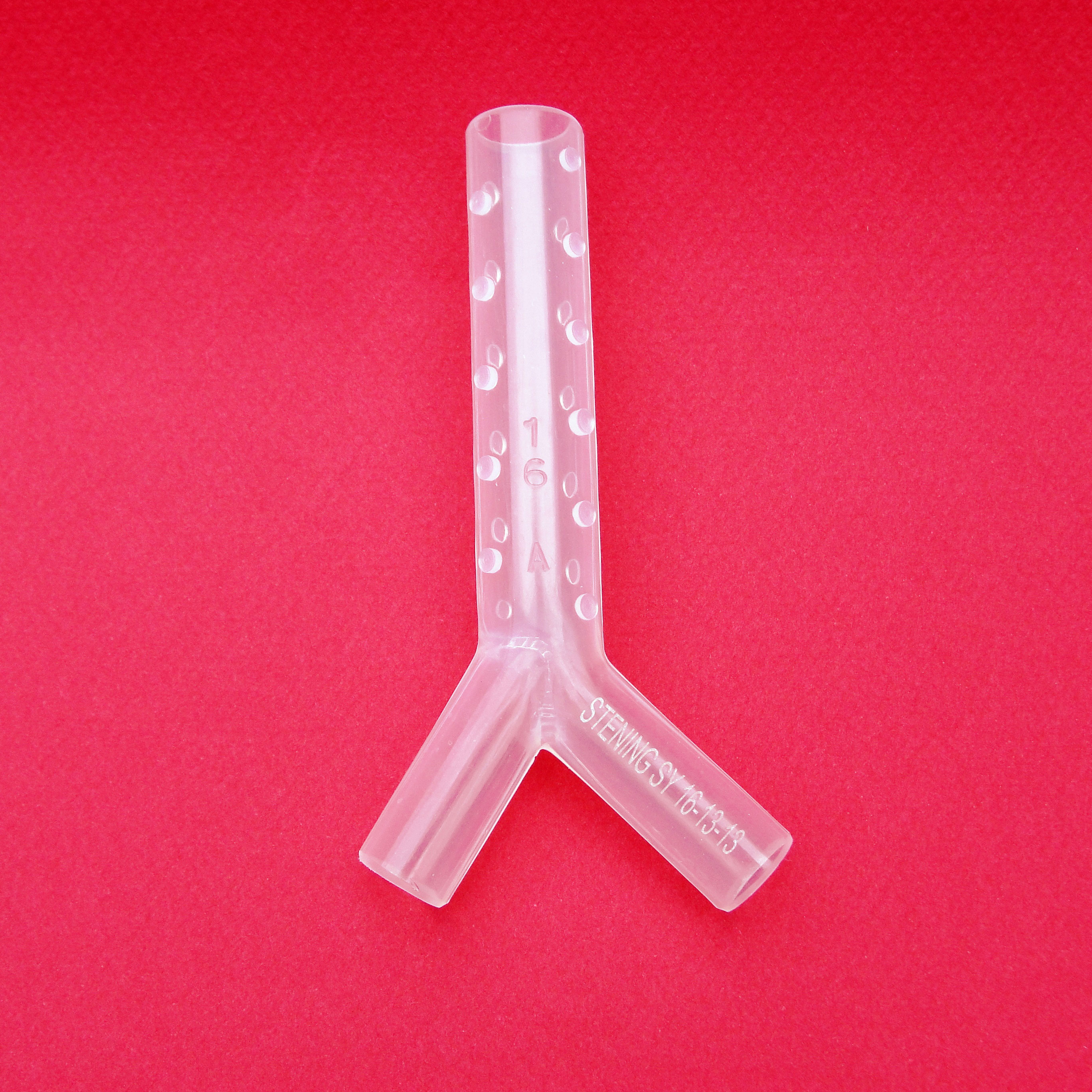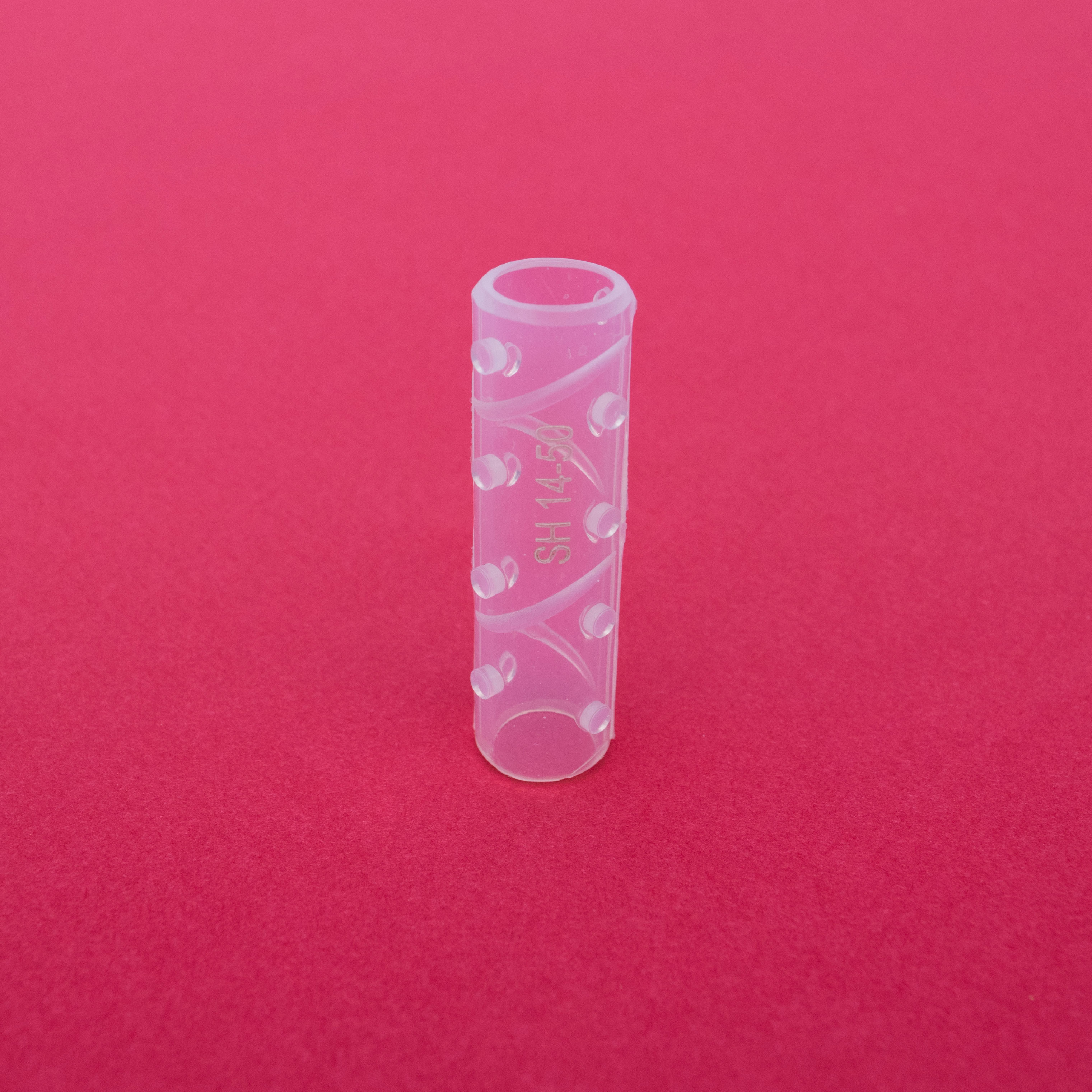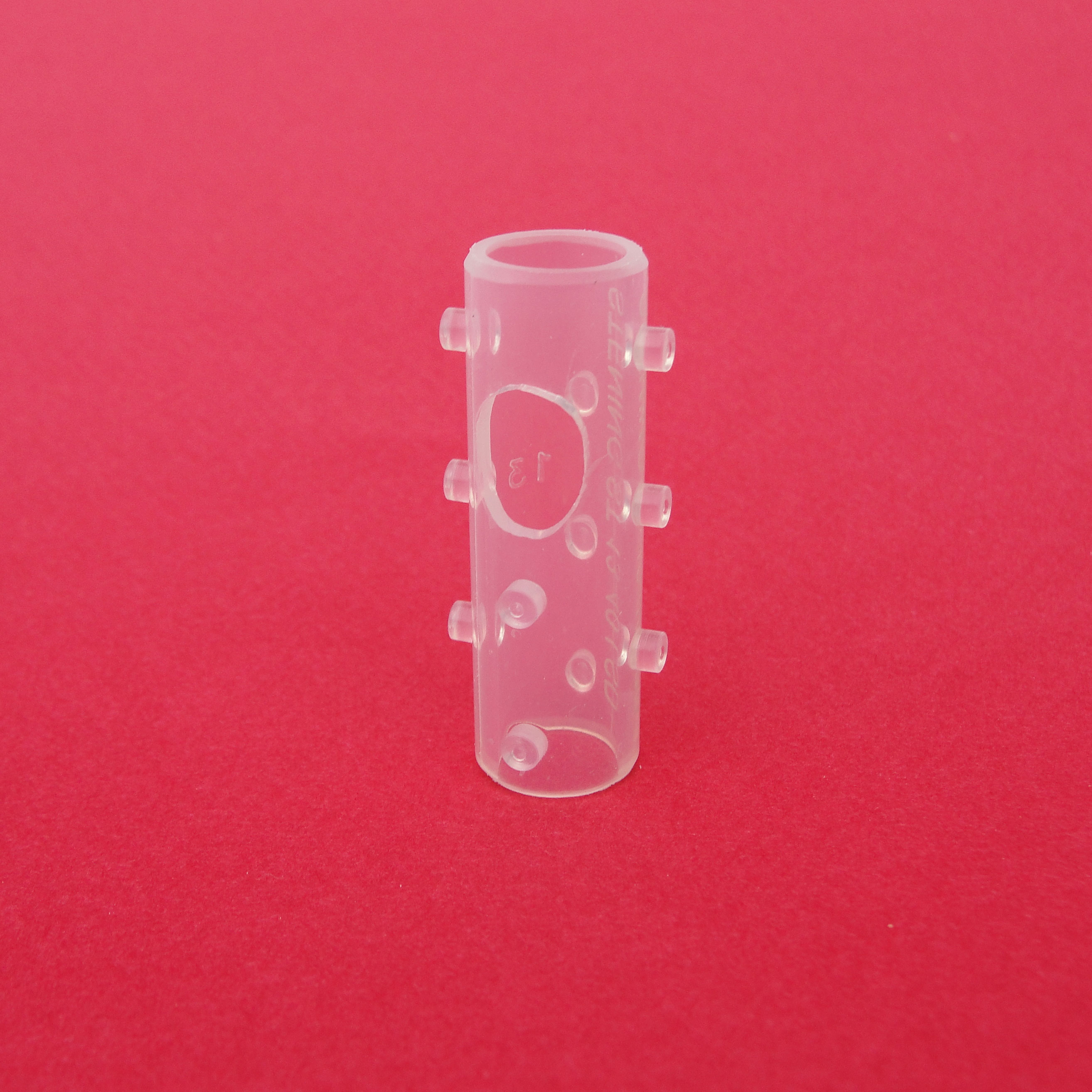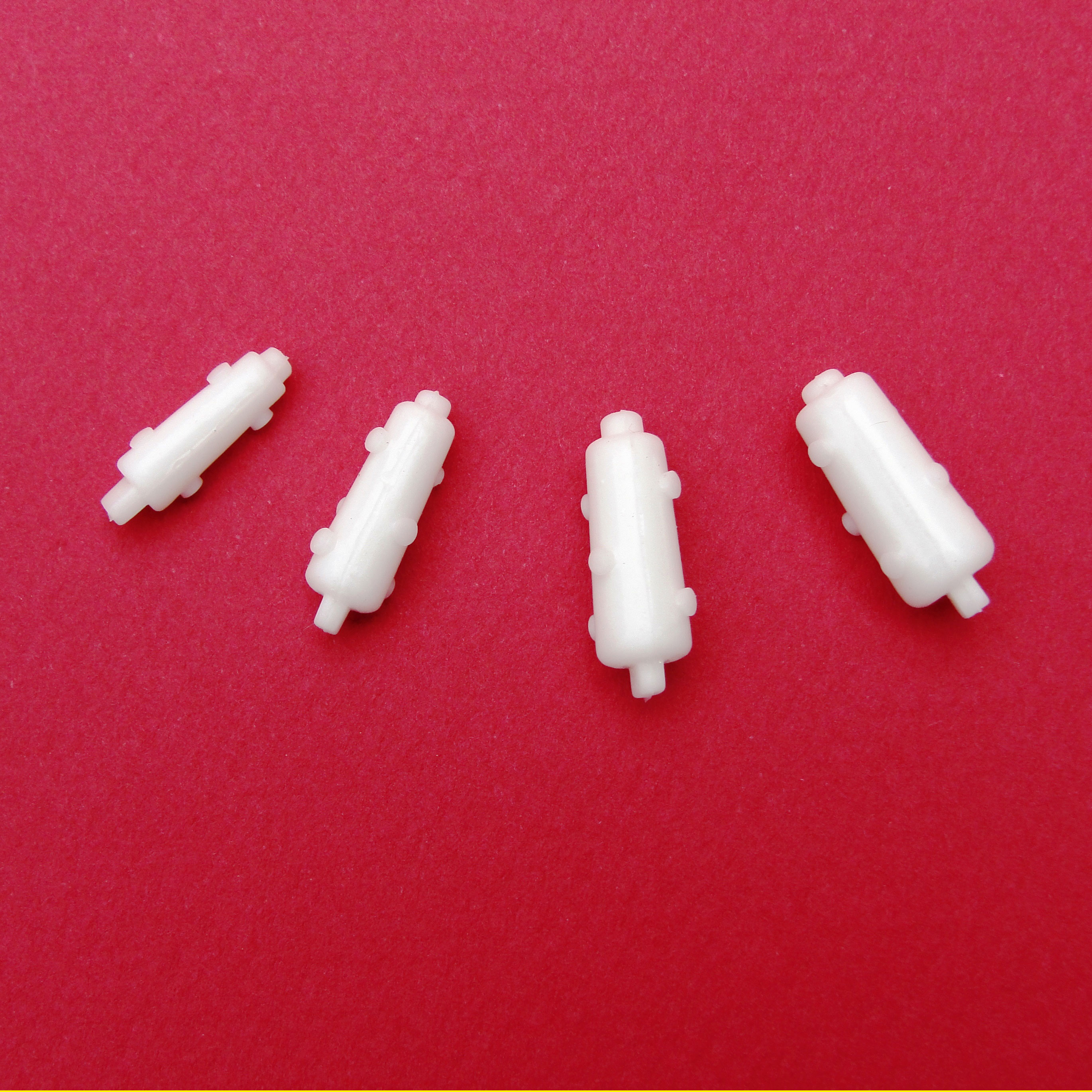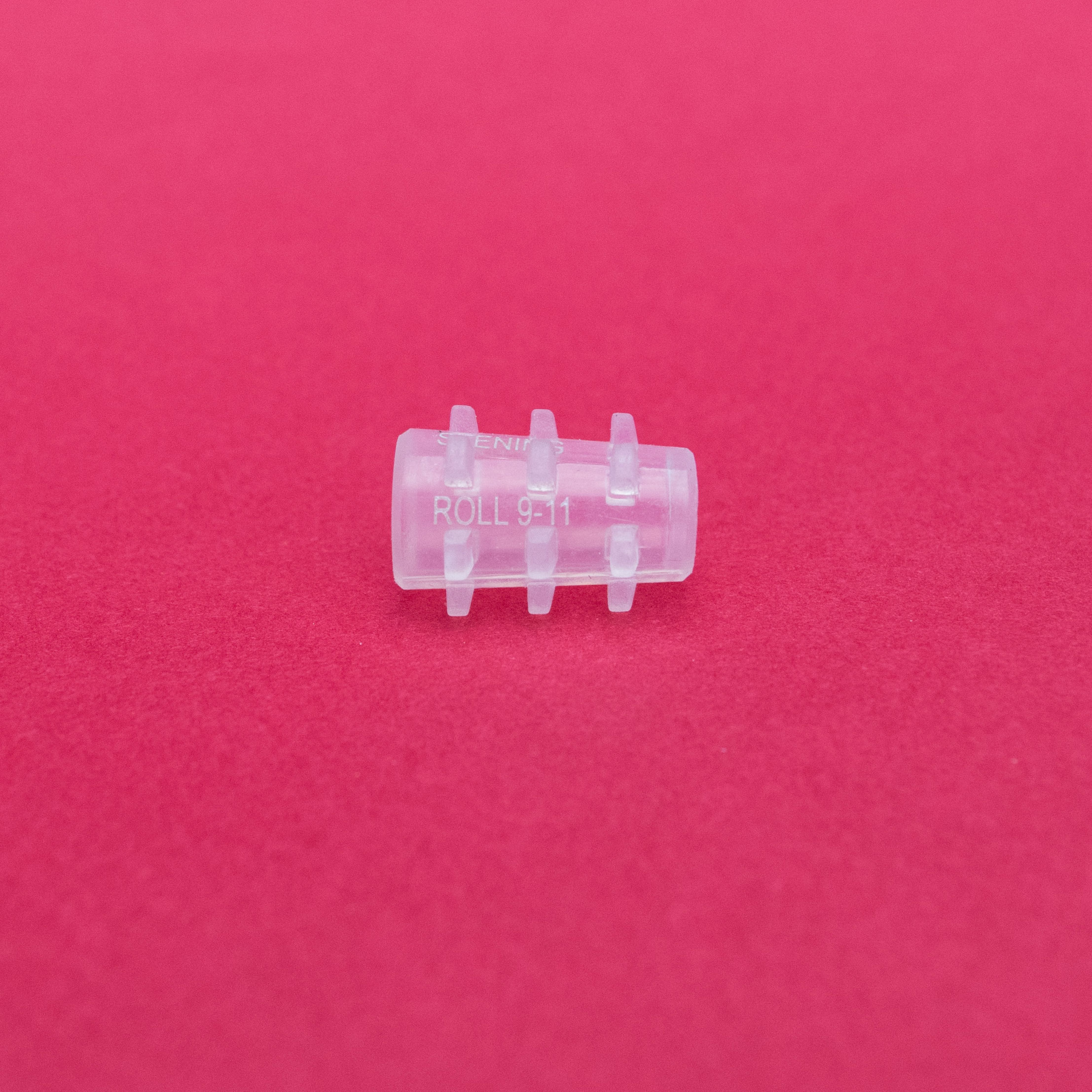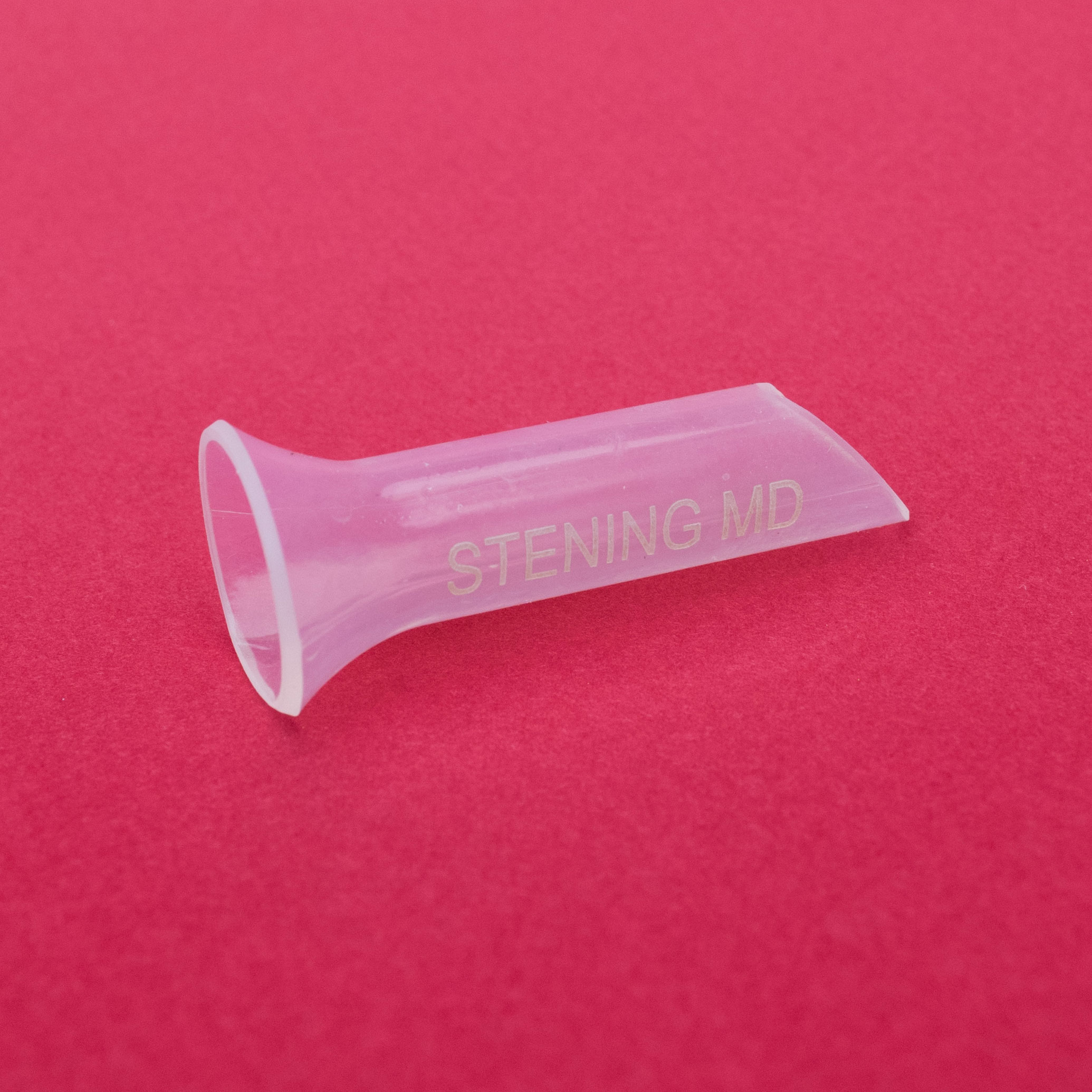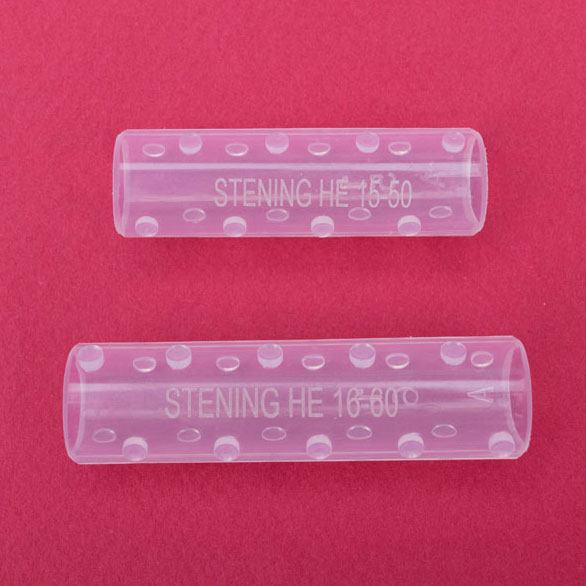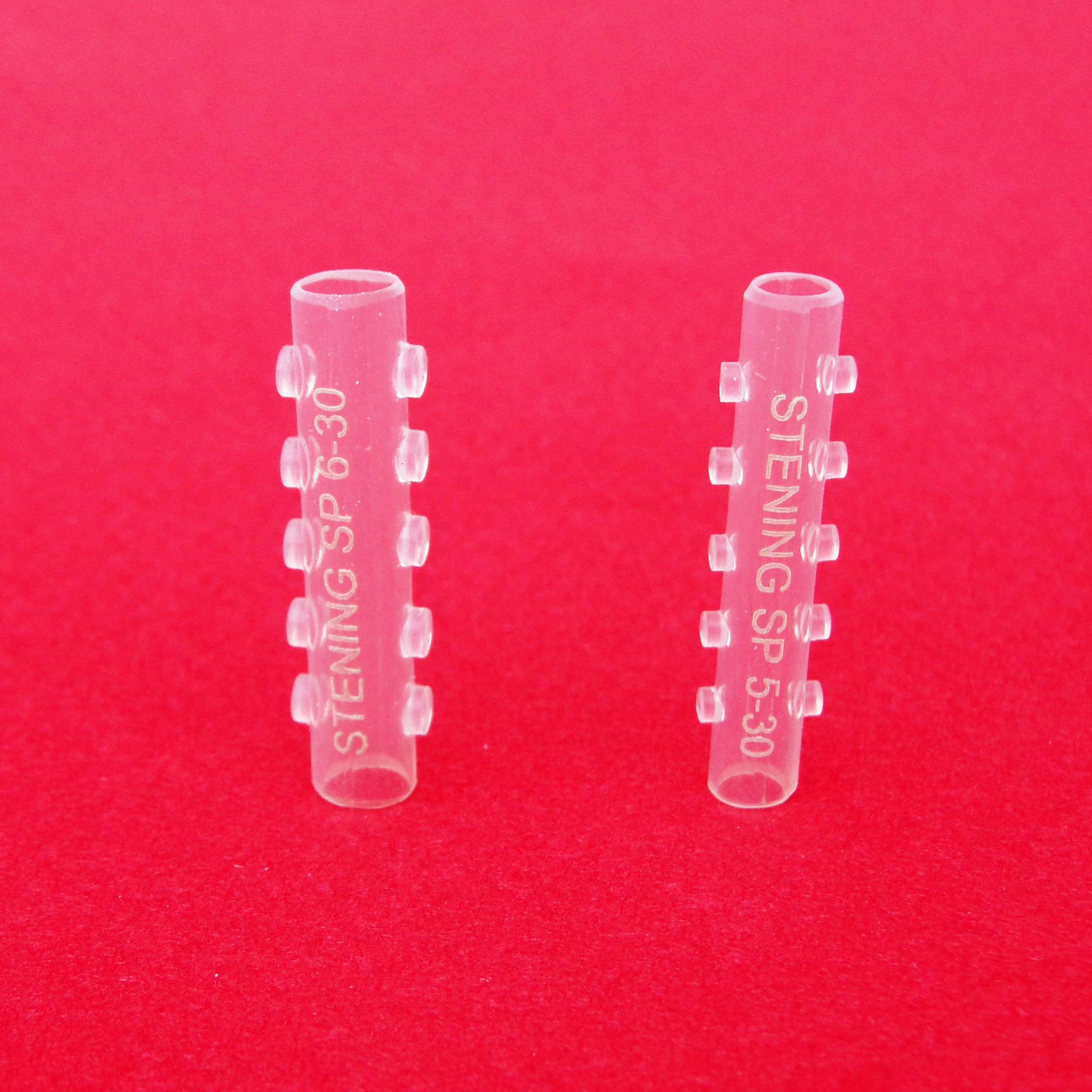Bronchology
The Stening® Bronchology line includes a wide variety of airway prostheses that are designed to cover different needs, including special situations such as benign tracheal stenosis and compressive or occlusive phenomena of different nature.
Unlike ordinary metal stents, this type of medical grade silicone stents can be removed after the occlusion has healed.
General indications: Tracheobronchial tumours; bronchial obstructions; tracheoesophageal fistula; bronchopleural fistula; tracheal or bronchial rupture; coming after endoscopic resection; extrinsic compression or compromise of the submucosa; tracheal or bronchial simple or complex stenosis; postintubation; post-traumatic; post infectious; surgical post anastomosis or post inflammatory; tracheobronchomalacia; amyloidosis; excessive dynamic compression of the airway; aortic aneurysm compression; tracheal distortion caused by kyphoscoliosis, tracheal obstruction caused by the oesophageal stent or in a combination with this stent: neoplasms that invade the tracheal carina or its slopes; impending atelectasis; bronchi invasion caused by oesophageal carcinoma; suture failure in the bronchial stump; bronchial occlusion treatment of diverse aetiologies.
- Choose a prosthesis that exceeds from 5mm to 7mm the length of the affected area, in both, distal and proximal directions.
- The prosthesis with the largest diameter gives a wide clearance for ventilation. However, the rate of appearance of granulomas due to the contact at the margins will also be higher. The granulomas are less usual when the margins of the stent stay floating in the airway.
- Once ejected, it might, in certain occasions, not expand completely immediately. This depends on the extrinsic compression level and on the local oedema. All in all, the total expansion will take place between the following 24 – 72 h, spontaneously.
- Although the Stening® resists very good the laser and the electrocautery loop, it must be avoid its use directly on the prosthesis. It must be kept away from the sunlight and white light to keep its transduced aspect.
- The patients with tracheal prosthesis will not be put under anaesthesic orothacheal intubation in the usual way. A specialist will be consulted when the orotracheal intubation would be judge in an imperious way.
- A document which specifies the patient situation must be hanged in to him/her.
- The reutilisation of the Stening® is not recommended.
- If it is necessary, saline solution in nebulizer can be suggested. Perform nebulisations a few times a day, reducing its frequency as the risk of incrustation of secretions decrease as well.



